Technology is vital to travel. The influence of good technology has become paramount in just about every sector of the travel industry.
So why do so many companies have failed tech deliveries costing expense in time, money and lost opportunities?
A lot of this comes down to not appreciating how to buy the technology in the first place.
- What questions to ask?
- What you want?
- What will benefit the business in general?
We have a lot of travel companies discuss their needs with us, having recently had a ‘failed’ technology implementation with another vendor. One of the key points from this is to find out whether you have learned from this experience or you will repeat the same mistakes again. Too often the company is looking to the technology company to guide the entire project and not the other way around.
The fact is that the project is very much a partnership.
Interestingly the word partnership is defined as:
‘A relationship between individuals or groups that is characterized by mutual cooperation and responsibility, as for the achievement of a specified goal’
and
‘a contractual relationship between two or more persons carrying on a joint business venture with a view to profit, each incurring liability for losses and the right to share in the profits’
So many of these words above: e.g. relationship, mutual cooperation, responsibility, achievement, specific goal, contractual relationship, profit, liability are so vital to the project delivery. Yet, so often the vendor selection dynamic is seen as one of a customer and supplier. Believe me, for a complex technology delivery to be successful; it needs to be so much more than that. As in life, your Partner needs to be the right one, for the long-term.
At HyperTech we do pride ourselves on a highly consultative sales process which endeavours to guide any prospective clients through a lot of this process. We understand how difficult it can be and how often certain aspects or it are underestimated. We emphasize the need for a strong partnership and can cite multiple good examples of how we have worked with our clients on their travel technology needs.
So how can I select the right partner for my travel technology project?
Recognize the Need
Firstly, no slick and verbally dexterous salesperson is going to sell you a technology solution which you hadn’t thought about and considered in the past. Sure, we will look at suspects (these are businesses which will benefit from the implementation of our software and will have the requisite budget and expertise to implement it as a successful partner), but the ‘need’ does need to be there. This is often a pain point in a business, an area which could grow in terms of revenue or an efficiency which is needed in order to compete.
Often this task falls to senior managers who (as part of their remit) look at where the business could improve. They may pull together an internal business case with projections and benchmarks in order to get an initial internal ‘buy in’. This starts the technology shopping process…
The Education Phase
This has eerie parallels to the shopping epochs needed to travel, in that we need to be educated (read: trip planning). This is where we get an idea of costs, functionality, features and benefits which may address our need.
This is possibly the trickiest stage of them all. The travel company needs to navigate via a plethora of suppliers who all claim that they can do the same (or similar things) and they are all ‘Industry Leading’ in them?!?
Trade shows can be a useful way of meeting with some of these companies all at once and getting an idea of what they can do. Don’t be afraid to ask for some high/low cost estimates from the supplier but be prepared to share some of your business goals, volumes and project must haves. Remember this is an education phase and neither side is committing to the final project scope yet.
Useful questions during this phase are:
- Where have you delivered this software before?
- Where are your customers based?
- What do you believe differentiates your software from the others?
You are looking for the travel technology to display a competence in terms of technological expertise and (perhaps more importantly) travel and the technology in travel. This will allow you to gauge how quickly they can translate core software into a functioning solution for your business.
The Total Cost of Technology should be something which you are looking to factor into your research now.
For example, if a solution can automate a mid-office amendment process online which another solution cannot you need to factor in the following additional costs:
- The additional staffing costs. If this takes 30% of an employee’s time, then this is an additional cost or saving depending on whether you need to hire someone or not
- The opportunity cost. What could that member of staff being doing in that time. Could they be answering another call, getting another sale, devising a new sales initiative etc, etc
- Empowering the client. Being able to make this change may allow your client the opportunity to make the change at any time of the day and thus re-engaging with your brand and thus facilitating an upsell.
There are so many ways which you could look at this.
Ultimately in today’s world, you want the total cost of technology to be as low as you can muster. A low cost (cheap) technology solution may be great but if you cannot load your promotions quickly and flexibly it may result in the end client not getting the correct price or your staff not trusting the information in front of them.
Remember in my buy vs build blog I cite Polly Traylor who states that ‘Buy when you need to automate commodity business processes; build when you’re dealing with the core processes that differentiate your company’. The same is true here.
There are some good consultants who have built up an impressive array in knowledge of this phase of the project. They will assist in formulating this process but are not a method of skipping or short cutting it all together. This may be an additional cost in the short term but remember the cost of a failed technology delivery can be monumental. Remember too, consultants may have their favorites and have pre-conceptions about what a project can and cannot do.
Requirements, Goals and Objectives
By now you have an idea about ‘what is out there’ and how this matches up to your initial need. Often the technology buyers have been seduced by new ‘shiny’ features and have been tempted into putting these into their initial requirements (the need). This ‘scope-creep’ may invalidate some of the earlier research and may divert valuable resources from your initial goals and objectives.
Try to keep the goals and objectives fairly simple and easy to digest.
What does ‘good’ look like? This can act as a kind of mission statement or signpost for the project.
The requirements list should be more comprehensive. This can be used to get an accurate response of the travel technology actual functionality. As a seller of technology, I would recommend that the buyer put some of these requirements into a ‘real’ example as it would relate to their business. Often technology can achieve the needed functional result but not as the client had assumed that it did.
These assumptions can quickly derail a project and erode the trust between partners.
This next step is often overlooked by the buying travel company, I believe that this is because it is the hardest to quantify and articulate accurately. Expected benefits, time savings and additional revenue projects are items which should have a rationale behind them. This will help to direct decision making and provide a yardstick for items such as budgets and resourcing. Don’t be afraid to get a vendor involved in this if you need to. It may be an item which will influence the commercial proposal on both sides.
Deciding an Initial Budget?
Once this is done, an initial budget should be decided and submitted to the requisite decision makers. Keeping with the vacation parallel, this would be deciding upon what you want to spend. Always remember the ‘fudge factor’. This is to factor in costs for the things which you don’t know, and often the technology company (your partner) doesn’t either. Donald Rumsfeld’s quote always springs to mind when considering this:
"There are known knowns. These are things we know that we know. There are known unknowns. That is to say, there are things that we know we don’t know. But there are also unknown unknowns. There are things we don’t know we don’t know."
You would like to think that your research and evaluation would cover a lot of the known-knowns and known unknowns, but (borrowing a key accountancy principle) ‘prudence’ would tell you that you should factor in something for the unknown unknowns, every project has them. This part of the project will often show up who is a good partner or not. A good partner will guide you through the known knowns and some of the known unknowns, but how will they react to those pesky unknown unknowns:
- Will they want to charge extensively for them?
- Do they have the resources to do the analysis on them?
- Can they accommodate any customizations?
- Are you buying another module?
- Do they have a client who does something similar?
- What is your timeline to get this delivered?
Your initial budget / business case should include, but not be limited to, the following:
- Costs
- Benefits
- Risk
- Strategic Options
- Opportunity Costs
- Formal investment decision method (e.g. Net present value, payback & discounted payback, return on investment (ROI), internal rate of return (IRR), profitability index, and benefit-cost ratio) to measure the project
- Timelines
Timelines. So often new clients come to me and say that they need this yesterday or next month and haven’t really considered the complexity of the project. They may not have internal sign off, a budget in place, requirements decided or resources for the delivery. Yet they will go with the supplier who says that they can deliver in that time period. Travel is complex and therefore to simplify it the software needs to be able to handle these complexities and a sensible timeframe should be decided upon. Not hitting an arbitrary delivery date can kill the morale of everyone before they begin. There is nothing wrong with ambitious delivery targets which are incentivized (see the commercial section) properly as it provides the carrot and not a stick for all of those long hours which both parties will work towards for you.
- What are their other project commitments?
- What priority will your project take in terms of their (often limited) resources?
- Do you have the staff available to start a project immediately?
- Is this a good time to change systems in terms of the amount of bookings on the books?
Your education phase should have given you an idea of the answer to these questions. The proof is so often in the pudding though. Short of a ‘leap of faith’ asking for client references is the best approach to answering this.
The Shortlist
A quick internet search will give you an idea about who some of the players are in the market. Your requirements, goals and objectives will give you an idea of the scope of the project. Like vacation planning, this is the phase where you need to narrow down your options and choices.
- Can one supplier handle this or do I need to use multiple suppliers?
- Can they integrate into my existing infrastructure?
- Have they done this before?
Companies such as Capterra and Travel Technology Suppliers manage vendor lists and allow you to submit your requirements for vendors to respond to. News sites such as Travelmole, TNooz, Travel Weekly, Travolution, Breakingtravelnews, Eyefortravel and PhocusWright are all strong sources of information and should be searched as well. LinkedIN groups may offer some insight into a particular issue if you wanted to crowdsource a solution.
All these questions need to be at the forefront of creating a vendor shortlist. The initial shortlist should be long (perhaps 8 – 15 suppliers). Your education phase should allow you to rank and grade some of their functionality; a quick conversation / review of their website and marketing materials will allow you to narrow this shortlist to 3-6 suppliers.
By now you should have a clear view of what you are trying to achieve and you should engage your potential partners with this in mind. This will allow you to clear away some of the noise of other functionality etc and address your business need. This is not to say that the business need or objective cannot be broad but it will allow you not be paralyzed through over analysis.
An initial demonstration should allow these vendors to be further trimmed down to 2 or 3 suppliers. From here it is vital to get the involvement of the end users (where appropriate) as they will ultimately show whether the technology will be successfully be adopted or not. Business owners from each part of the company (reservations, operations, marketing, finance, product load etc) should be invited to share their views. Do not allow them to contribute to ‘scope creep’. Explain the business need and allow them to refine what is needed in order to contribute to this.
Evaluate the Vendors
Don’t be afraid to give the technology suppliers ‘real-life’ examples of what you are trying to achieve and see how it translates into their software. If this isn’t possible [it may be an ‘industry first’ in terms of functionality] then look at some of the processes which the company employs and see how they will match to your own. If you are a process heavy company, then ensure that your partner has allocated the requisite time and resources to meet that need. If you are more laissez-faire and would prefer a ‘flatter’ organizational structure with quick, agile decision making, then choose a partner who is able to provide this.
Ask about integration and service fees. The similarity to vacation planning would be that you now need to see what is included.
- Who is responsible for project management and systems integration?
- How much training is provided and for who?
- Where is support located and for what hours?
- What is the mechanism for logging an issue pre-sale, during the project and after the sale?
- Do you have an account manager?
- How well does the travel technology articulate what their software does?
- How have they demonstrated that it will manage your requirements and business needs?
- Have they been quick in their response or have they labored?
- Do they have a clear technology roadmap (and have they consistently delivered against this?
- Do they offer you free software upgrades or not?
Always request references from large clients, geographically similar clients and from a client who is similar to yours in terms of what they are selling. This may be the most important item in this blog post.
Where possible, a reference client visit should also be scheduled and a visit with the vendor. Getting ‘buy in’ throughout this process is vital and exposure of the project throughout both companies will benefit in the partnership moving forward.
Keep the vendors involved in this process as it will assist in making your decision. You will also get a view of what some of the intangibles they may bring to the table for the project. These may be things which are hard to quantify on a requirements list, but could be the ‘secret sauce’ for a successful project. Personality traits are the first thing which I think of in terms of the intangibles. Will this person / company mesh well with me / my company? I believe that this has often been one of the major factors in a lot of the sales which I have made. I have so often thought that I want this project to be a success due to the close working relationship / respect I have for a partner.
Choose your vendor
Once you have submitted and explained your requirements to the vendor, viewed a system demonstration, you will be looking for a quote and proposal. Make sure that you are comparing these quotes and proposals accurately as you always need to consider the total cost of technology, especially if one application is that much stronger than another. Where an item is not priced, given details of the requirement objective and as for a high/low estimate. This will allow you to convert a known-unknown into something measurable for your internal business case.
Try before you buy. If you are not 100% confident in your selection process above, then approach the vendor about doing a paid proof of concept. This may be possible and can take the form of a mini-project before the major one takes place. This can be seen as a dating period before either side decides to get married. This is a chance for you to review their application, but remember this is two ways and the vendor will also get a clearer view of your company and what you are like to work with. This proof of concept should be approach with the same commitment as the main project for it to succeed. It may cost more in the short term, but will also give you a clearer indication of the longer term costs and some of the estimates may also be able to be ‘firmed’ up. A proof of concept may not always be necessary and can add time to the delivery. On the other hand, it may be reusable work for the main project. These are factors which need to be considered.
Negotiate. Remember the best deal isn’t always the cheapest and that it is actually good for your partner to make a profit on a deal. Often some of the most successful projects are the ones laden with incentives for both sides at various phases before, during and after the delivery.
Why do clients never offer to pay more if a project is delivered (and signed off) early for example?
A late delivery can cost both companies a great deal of money and sap the morale of all involved. Rather than using negotiation as a ‘race to the bottom (line)’, the most successful partnerships give and receive on each salient point of contentious. This will solidify the partnership and will ensure that everyone feels sufficiently compensated in the longer term.
Select a partner. Try not to spend a lot of money arguing over all of the points which you have already gone through the phases of deciding. Get an agreement in principle and use legal-eeze to reinforce the core principals of the deal which you have decided. Don’t let this part of the process delay your delivery if it doesn’t need to.
Thank everyone personally. This is so often overlooked by clients who are going through a vendor selection process. This process is often time consuming but conversely it can be for the vendor who doesn’t get selected, but provided useful insight, consultancy and education for you. They may have travelled to see you, set the application up for you to view and have worked long hours to try and win your business. Thank them! It is only right and polite. The travel industry is still relatively small and ‘incestuous’. Someone whose acquaintance you have met may prove to be a useful contact for another project at another time. So often a ‘losing’ vendor has to chase a negative response, when a courteous call with some constructive feedback is all that is needed. Carrying on (still) with the vacation analogy…This is the time to click on the book button!
Sign the contract.
Breathe.
The hard work starts now…

 United Kingdom
United Kingdom United States
United States Asia Pacific
Asia Pacific





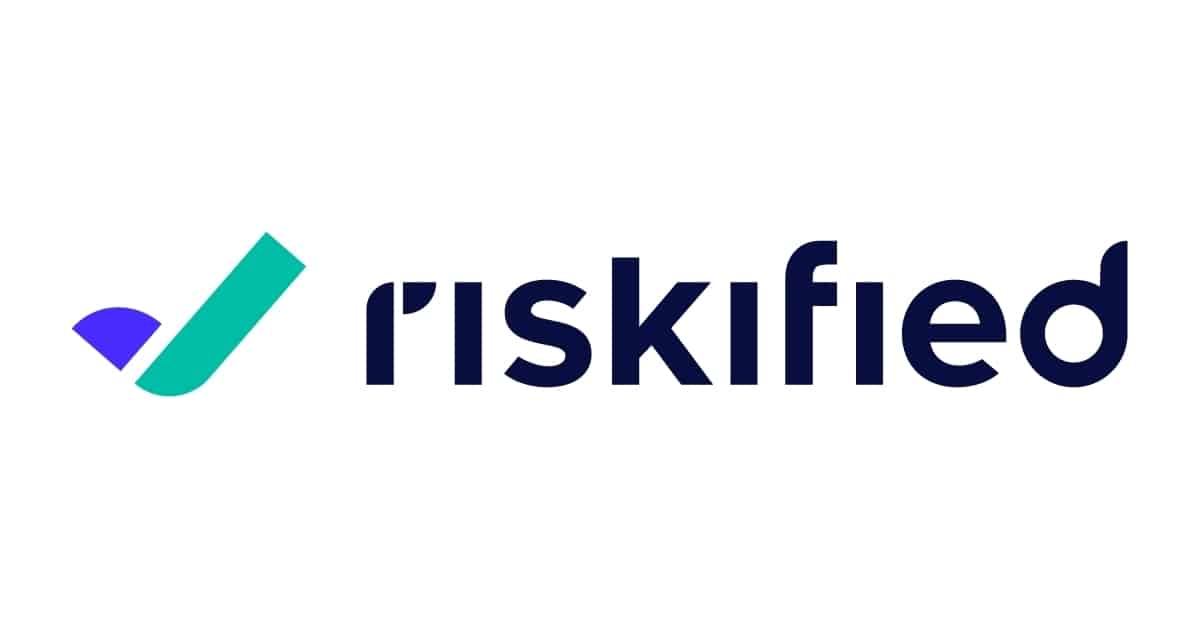



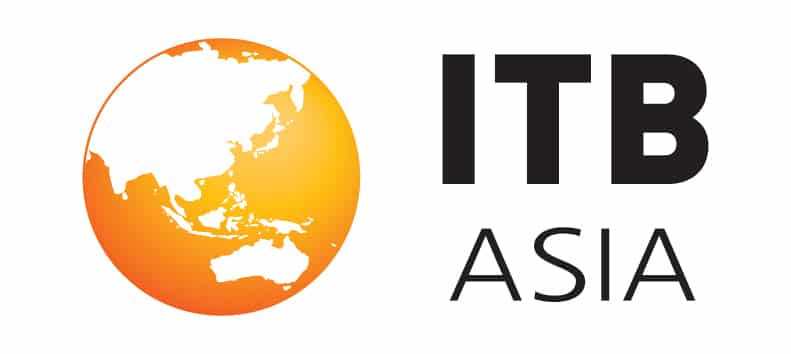
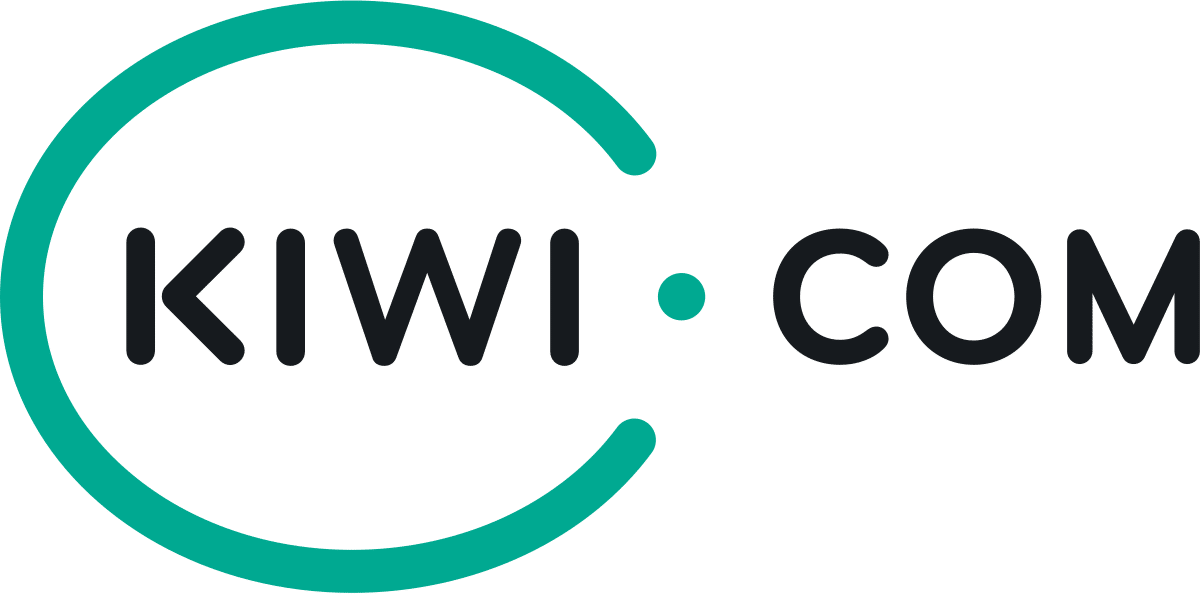

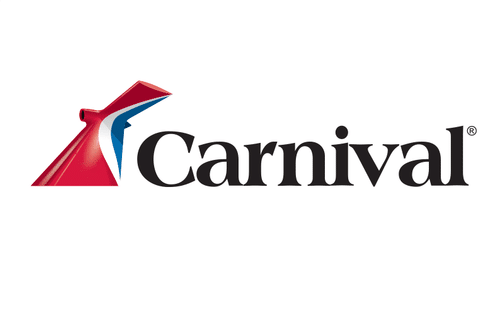
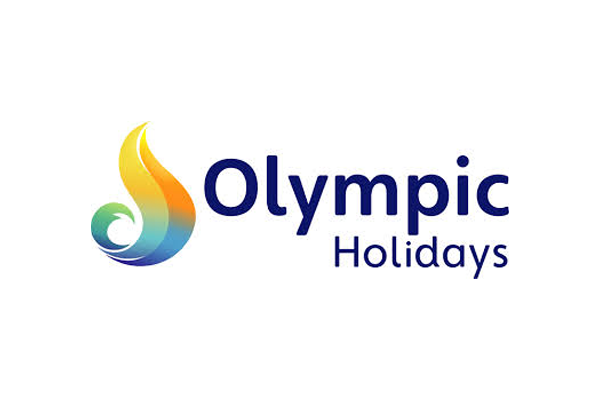


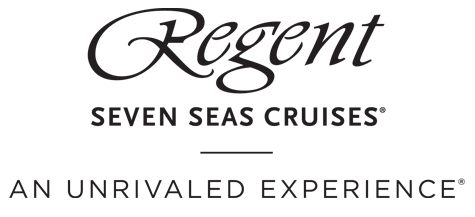

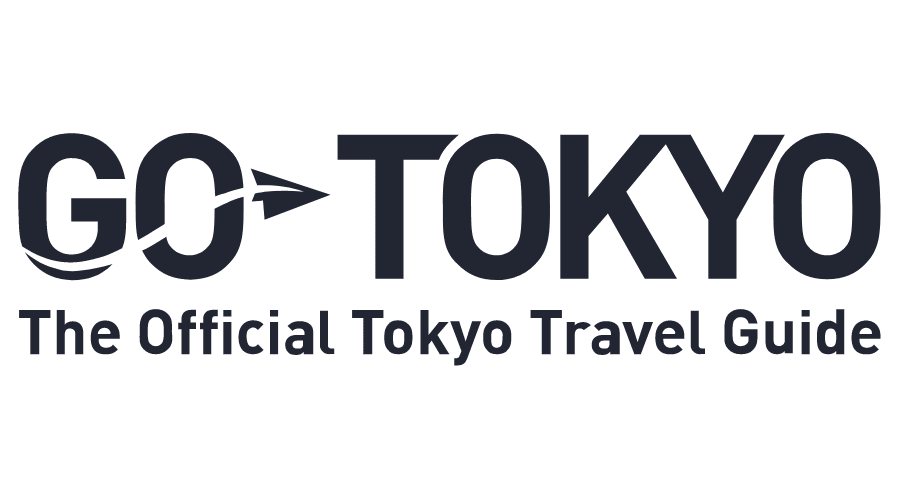

























Dozens fall ill in P&O Cruises ship outbreak
Turkish Airlines flight in emergency landing after pilot dies
Boy falls to death on cruise ship
Unexpected wave rocks cruise ship
Storm Lilian travel chaos as bank holiday flights cancelled